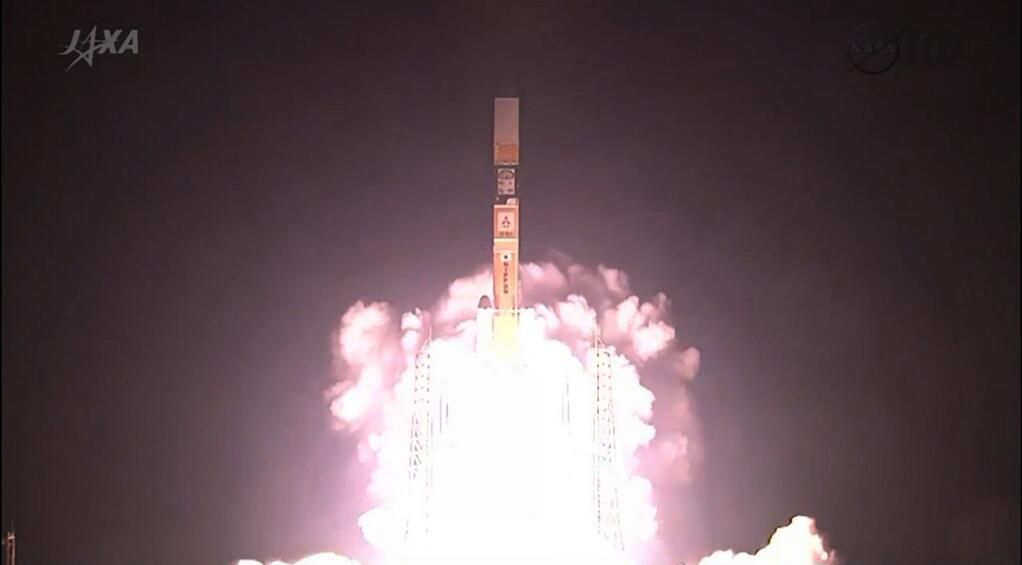
NASA's newest weather satellite soared into space today (Feb. 27), kicking off a mission to observe rainfall and snowfall around the globe in unprecedented detail.
The Global Precipitation Measurement (GPM) Core Observatory, a joint effort between NASA and the Japan Aerospace Exploration Agency (JAXA), blasted off aboard an H-2A rocket from Japan's Tanegashima Space Center today at 1:37 p.m. EST (1837 GMT; 3:37 a.m. Feb. 28 local Japan time).
GPM will deliver near real-time observations of precipitation every three hours all over the world, greatly improving scientists' understanding of climate change and the global water cycle, mission officials said. [NASA's Rain-Watching GPM Satellite Mission in Pictures (Gallery)]
![The GPM Core Observatory scans the weather with microwaves and two bands of radar. [See how the GPM Core Observatory Satellite works in this Space.com infographic]](https://cdn.mos.cms.futurecdn.net/cQpSUwqsLTEcFE4JKJf2Wm-320-80.jpg)
"This is going to provide us the most accurate and advanced precipitation measurements to date from NASA satellites," Gail Skofronick-Jackson, GPM project scientist at NASA's Goddard Space Flight Center in Greenbelt, Md., said during a press briefing last month.
The 8,500-pound (3,850 kilograms) GPM Core spacecraft will orbit Earth at an altitude of 253 miles (407 kilometers), about as high up as the International Space Station. It will circle the planet once every 93 minutes, completing about 16 orbits per day.
The satellite will use two instruments — the GPM Microwave Imager (GMI) and the Dual-frequency Precipitation Radar (DPR) — to study rainfall and snowfall from the Arctic Circle in the north to the Antarctic Circle in the south, giving researchers great looks at clouds and storm systems.
"These instruments will allow scientists to see inside clouds," Steve Neeck, deputy associate director of flight programs for NASA's Earth science division, said during the January press conference.
Sign up for the Live Science daily newsletter now
Get the world’s most fascinating discoveries delivered straight to your inbox.
"The GMI will sense the total precipitation within all cloud layers, including, for the first time, light rain and snowfall," he added. "The DPR will make detailed three-dimensional measurements of precipitation structures and rates, as well as particle drop size."
The GPM Core spacecraft will also serve as the anchor of an international network of weather and climate satellites, some of which are already in orbit.
;
"The GPM, through its core observatory and its constellation of satellites, will dramatically improve our knowledge of global precipitation and our ability to forecast it and its consequences," Neeck said.
The GPM Core satellite — whose cost to NASA is $933 million — was designed to last for a minimum of three years, but mission officials think it will continue to gather data for much longer than that.
"As you know, TRMM was designed for three years, and now it's been 16 years operating," said GPM project manager Art Azarbarzin of NASA Goddard, referring to the NASA-JAXA Tropical Rainfall Measuring Mission satellite, which launched in 1997. "We have designed the exact same way."
Follow Mike Wall on Twitter @michaeldwall and Google+. Follow us @Spacedotcom, Facebook or Google+. Originally published on Space.com.












